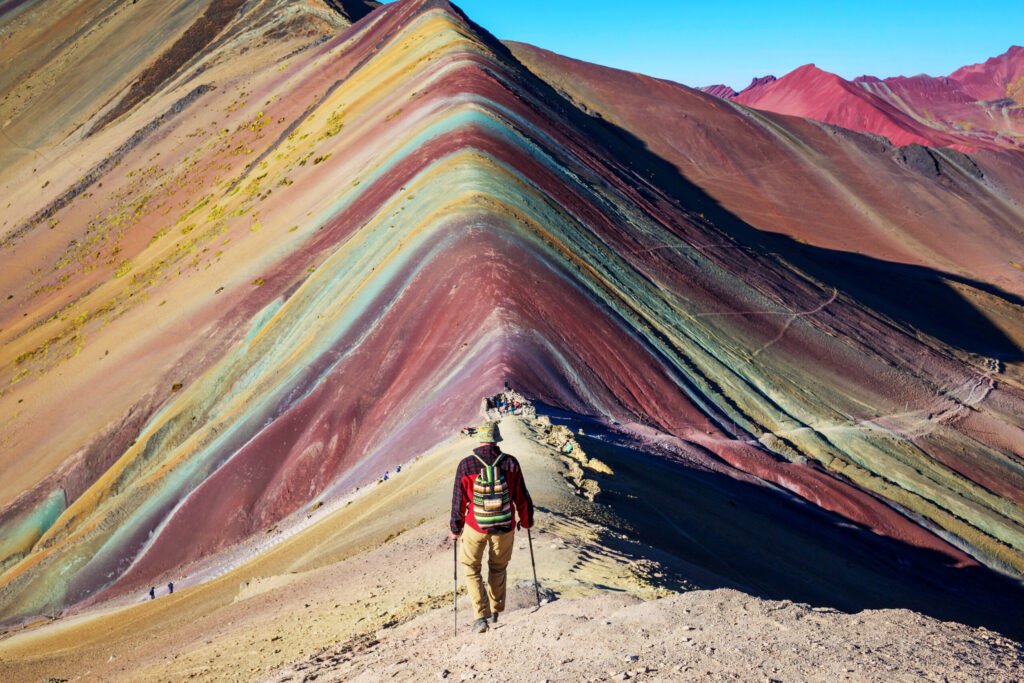In recent discussions about Peru travel trends, adventure tourism has emerged as a dominating sector, commanding an impressive 67% of the market share. At a recent event, Diego Arelano from the Adventure Travel Trade Association (ATTA) highlighted the significant impact of adventure travel on local economies.
Arelano elucidated the financial benefits of this niche, revealing that the revenue generated by adventure travelers is substantial. For instance, he shared a striking comparison: 100 cruise tourists, nine overnight visitors, or merely four adventure travelers can yield comparable monetary returns. Additionally, each adventure traveler generates about 2.6 jobs, in contrast to just 1.5 jobs linked to mass tourism. Travelers in this category also spend an average of US$3,000 during an 8-night stay, accounting for 76% of their total trip costs being invested in local suppliers and communities.
Key activities driving this growth include hiking, cultural experiences, cycling, wildlife viewing, and culinary tours. Notably, there’s a rising trend in travel catering to women and solo adventurers, with running joining the ranks of popular activities. With Peru’s adventure tourism ranking soaring from 29th in 2020 to 6th in 2024 globally, the nation is primed for significant growth in this sector.
Travel advisors are urged to keep Peru on their radar, especially as it offers unmatched experiences for Canadian tourists eager to explore new horizons.
Sustainability and Conservation Efforts
The conversation also spotlighted sustainability, with tourism specialist Kiara Castaneda from SERNANP (National Service of Natural Areas Protected by the State) discussing Peru’s impressive biodiversity, which places the country 1st out of 10 globally. Castaneda stressed the importance of preserving these ecosystems, employing over 1,500 personnel, including 700 park rangers dedicated to protecting Peru’s natural and conservation areas.
A key area of interest is Huascaran National Park, renowned for a myriad of activities including trekking, climbing, and cycling. This year marks the 50th anniversary of the UNESCO-designated park, celebrating its status as a prized attraction for adventurers worldwide.
Trail Running in the Andes: A Growing Phenomenon
A standout event in Peru’s adventure calendar is the Andes Race, celebrated as the premier trail running competition in the region. Over the last decade, the race has evolved significantly, increasing in both distance and participation. From humble beginnings attracting only 98 runners, it has grown to encompass more than 1,000 entrants, including 170 international competitors from 25 countries. Distances now range from 13km to 100km, with expectations to surpass 1,500 participants by 2026.
The event is not just a race but a significant economic driver, boosting local tourism through accommodation, tours, and services. Beyond athletics, it also revives historical traditions, such as the chaksis, swift-running messengers from the 15th century who could cover long distances rapidly, blending history with modern-day endurance sports.
In summary, the landscape of adventure tourism in Peru showcases vast potential for growth, making it an attractive destination for those looking to experience adventure in a sustainable manner. For further insights into travel opportunities in Peru, visit Peru.Travel.



